#Desert wildlife
Text


Desert cottontail
Arizona
#nature#nature photography#wildlife#wildlife photography#wild animal#wild animal photography#animal#animal photography#bunny#rabbit#desert#desert animals#desert photography#desert wildlife#cottontail rabbit#desert cottontail#desert cottontail rebbit#Sylvilagus audubonii#Audubon's cottontail#Audubon's cottontail rabbit#sonoran desert#photographer on tumblr#original photography blog#original photographers#McDowell nature Preserve#scottsdale#Arizona#US#united states#united states of america
100 notes
·
View notes
Photo
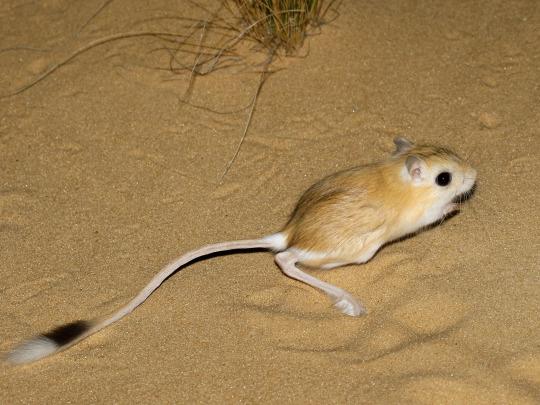
Hairy-Footed Jerboa (Dipus sagitta)
Family: Jerboa Family (Dipodidae)
IUCN Conservation Status: Least Concern
Like other species in the jerboa family, the Hairy-Footed Jerboa is bipedal - it utilizes its extremely long and surprisingly powerful hind legs to bound across sand at speeds of over 18mph, while its dramatically shorter front legs are used for digging and to allow it to bring its head to the ground when foraging. Found in sandy regions of China, Mongolia, Iran, Russia, Kazakhstan, Turkmenistan and Uzbekistan, members of this species spend the day sheltering from heat and predators in a burrow, and emerge at night to feed on grasses, seeds, roots and small insects. Each Hairy-Footed Jerboa claims a relatively large territory in which it lives alone or occasionally in pairs, and within each territory there will be several shallow burrows used as emergency shelters if a predator should ambush the jerboa while it is feeding and a single larger burrow with two exits (one of which can be used to escape the burrow if a predator enters through the other), a main chamber for sleeping in and several smaller chambers used for storing food. A single female Hairy-Footed Jerboa will give birth to several litters in a single year (typically during the spring and early summer and then again in the late summer and early autumn/fall), and each newborn jerboa will be independent and fully mature at only around 3 months of age. This species is one of several desert-dwelling rodent species known to have colonized the Aralkum Desert (the world’s youngest desert, which was accidentally created in the 1960s when massive irrigation work carried out by the Soviet Union caused vast areas of the Aral Sea to dry up, turning the exposed seabed into a desert), and due to the newfound abundance of rodents several species of foxes, polecats and wildcats have come to settle in the area.
--------------------------------------------------------------------------
Image Source: https://www.inaturalist.org/taxa/43878-Dipus-sagitta
#Hariy-Footed Jerboa#northern three-toed jerboa#jerboa#jerboas#rodent#rodents#animal#animals#zoology#biology#mammalogy#rodentology#wildlife#asian wildlife#desert wildlife#dipodidae
313 notes
·
View notes
Text
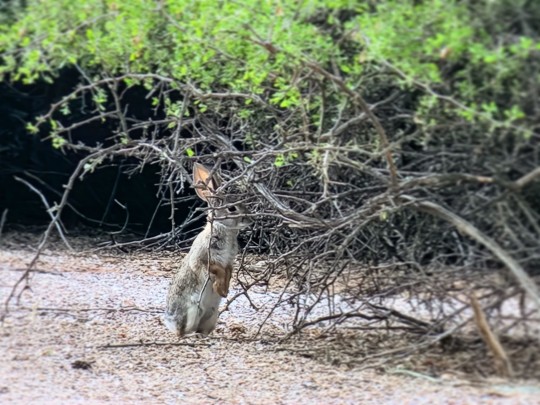
Wild hare (Arizona) | by Kaiti Vibes
#photography#nature#desert#wildlife#rabbit#hare#wild animals#animals#my photography#outdoors#desert wildlife#desert animals#arizona
18 notes
·
View notes
Text
BOTD: Desert Sparrow
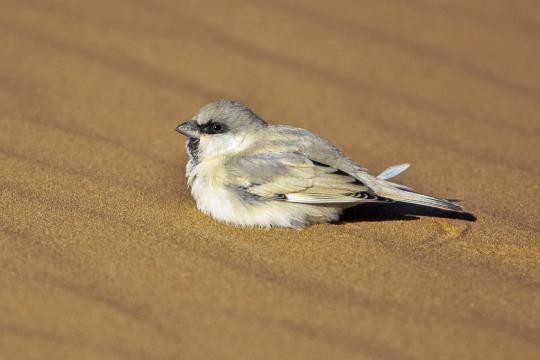
^Image credit: Francesco Veronesi
Desert Sparrow (Passer simplex)
The Desert Sparrow is confident with coming near humans and sometimes builds nests in muddy walls. The Mozabite people build their homes with holes in the walls, which they call 'bar-rode', to welcome these birds, and if one sings all day in the house, it is considered a sign of good news.
#desert sparrow#sparrows#sparrow#passer simplex#birds of africa#desert wildlife#desert#birding#bird facts#bird fact#bird of the day#bird fact of the day#birds#birdwatching#wild birds#bird lover#bird lovers#bird#ornithology
126 notes
·
View notes
Photo




Introducing my first ever bandana design! Bandanas are 22x22″, 100% cotton, and as a perk of preordering, you can select from 25 different color combos (shown here) and get $2 off! My normal stock colors will be limited based on popularity, so the best way to grab the color of your choice is to preorder.
Preorder Your Bandana Here
Design features a bighorn sheep, coyote, jackrabbit, and roadrunner, with desert plants such as joshua trees, beavertail cactus, California golden poppy, barrel cactus, cholla, century plant, and ocotillo.
Thanks for looking and supporting a small, woman-owned, and small woman-owned business!
34 notes
·
View notes
Text

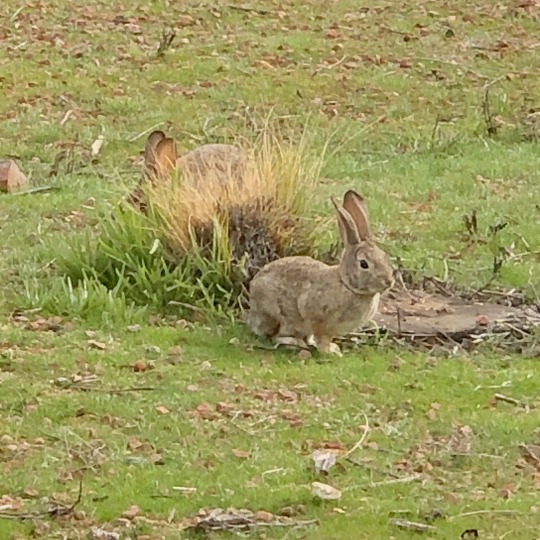
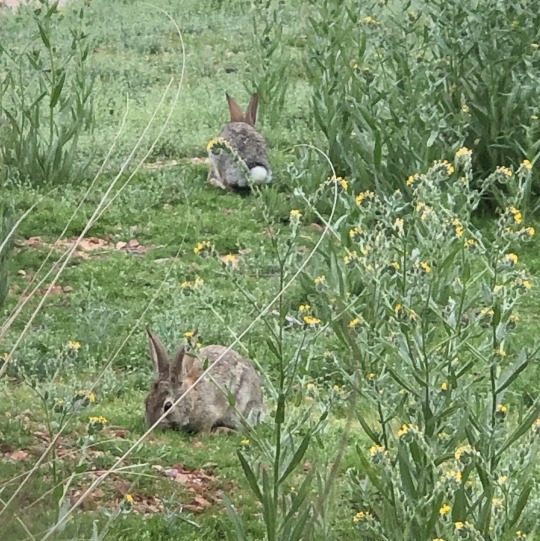

Fluffy buns 💚
My shop
#wild rabbit#hares#rabbit#bunny#bunnies#sonoran desert#ginger#thegingerjeweler#desert garden#desert wildlife#desertlife#my original photography
8 notes
·
View notes
Text
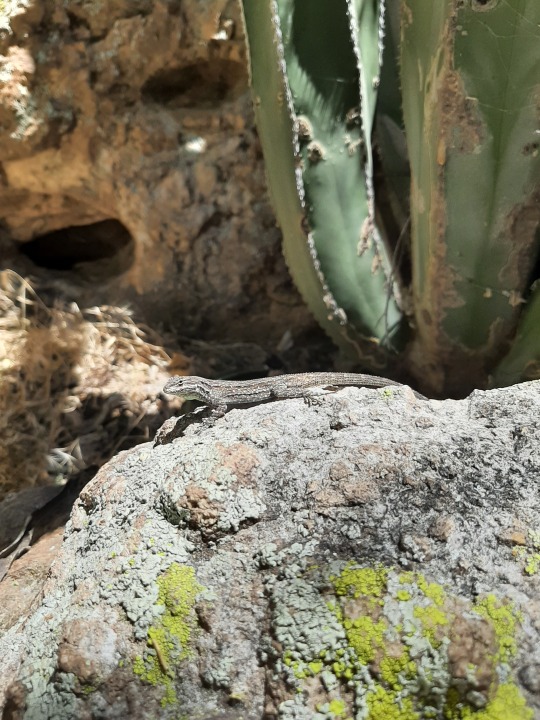
Arizona, USA
May 2022
#lizard#desert#arizona#arizona wildlife#desert wildlife#this is mine do not take it without permission
7 notes
·
View notes
Photo

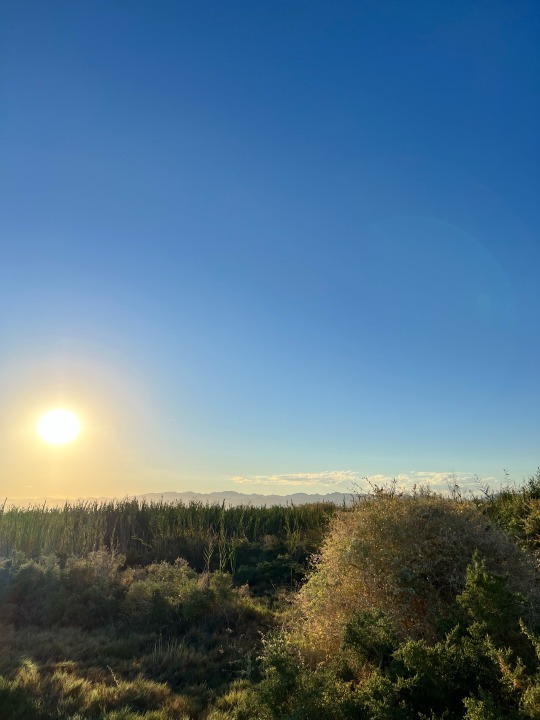
While we were in Nevada, we went on a hike/nature walk and saw an actual roadrunner out in nature doing its thing (very exciting when you’re from the city). We must have followed this bird for at least 10 minutes, watching it zoom around and catch little jumping insects for breakfast, before we were able to put 2 and 2 together (we were following it on a wide gravel road, and my husband kept wondering why it was sprinting instead of flying). It didn’t look or sound anything like the Looney Tunes character (lmao), but it was still super cute!
ig: @latenitesushi
#roadrunner#nature#hiking#the great outdoors#outdoors#nature walk#trail#nevada#desert#desert life#wildlife#desert wildlife#latenightsushi
6 notes
·
View notes
Text
Beyond Citrus: Unusual and Exotic Tropical Fruits Perfect for Arizona’s Climate
In Queen Creek, Arizona, which has a desert climate, growing tropical fruits can be a bit challenging, but not impossible!
Pomegranate fruit grows in Arizona.
Beyond the well-suited citrus varieties, there are a few tropical fruits that can adapt to the hot and dry conditions with some extra care:
Pomegranate: These are not only drought-tolerant but also produce beautiful flowers and delicious…

View On WordPress
#Arizona Plants#Climate-Resilient Plants#desert gardening#Desert Wildlife#Drought-Tolerant Gardening#Eco-Friendly Gardening#Edible Gardening#Garden Design#Garden Maintenance#Heat Tolerant Plants#Home Gardening#Landscape Architecture#organic gardening#plant care#Soil Health#Sustainable Landscaping#Tropical Fruits in Desert#Urban Gardening#water conservation#Xeriscaping
1 note
·
View note
Text

Dubai Desert Safari
Dubai Desert Safari is one of the most popular and sought-after tourist experiences in Dubai, United Arab Emirates. It offers visitors the chance to explore the mesmerizing Arabian Desert and immerse themselves in a variety of thrilling and cultural activities.
#Dubai Desert Safari#Desert Adventure#Desert Dunes#Sand Dune Bashing#Camel Ride#Quad Biking#Sandboarding#Bedouin-style Camp#Traditional Arabic Entertainment#Belly Dancing#Henna Painting#Falconry#Desert Sunset Views#Barbecue Dinner#4x4 Off-Road Vehicles#Desert Wildlife#Desert Camping#Arabian Nights Experience#Shisha Smoking#Cultural Experience
1 note
·
View note
Text
im begging mojang to add desert wildflowers to minecraft wouldn't that be so cool
#bell.txt#minecraft#more desert wildlife in general would be cool#i know they just added camels but like. picture this: lizards#banger posts#3k
4K notes
·
View notes
Text
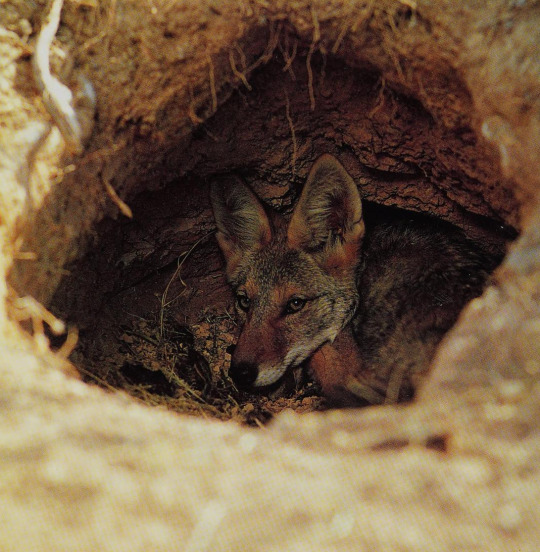
Coyote in a den
By: Jonathan T. Wright
From: Wildlife of the Deserts
1980
1K notes
·
View notes
Photo

Sonoran Desert Toad (Incilius alvarius)
Family: True Toad Family (Bufonidae)
IUCN Conservation Status: Least Concern
As deserts, by definition, experience very little rainfall they are typically poorly suited to supporting amphibians (which typically require water to support their aquatic larvae and keep their thin, fragile skin damp,) and as such any amphibians that do inhabit desert habitats will be highly adapted to survive with limited or inconsistent access to water. The Sonoran Desert Toad is one such species: it inhabits desert and semi-desert environments throughout northwestern Mexico and the southwestern USA, and endures the aridity of the desert surrounding it by remaining close to what few bodies of water are present (primarily streams, although members of this species may also gather where humans have created unnatural bodies of water such as canals and reservoirs), absorbing water through its skin via a specialist region of its pelvis known as a seat patch. Chiefly nocturnal, Sonoran Desert Toads spend the day sheltering from heat and predators (often in the abandoned burrows of small rodents,) and emerge at night to search for prey such as lizards, rodents, smaller desert amphibians and a variety of arthropods. Members of this species may breed at any time of year but are most receptive to breeding during their range’s rainy season (which lasts between July and August), and as with most toads their eggs are deposited in enormous numbers in gelatinous strings, which are attached to submerged surfaces in shallow ponds, streams, temporary pools or man-made bodies of water. As is true of all true toads the back and nape of a Sonoran Desert Toad is lined with numerous wart-like glands that secrete a poison potent enough to cause illness, paralysis and potentially death if ingested, but some predators (such as the Common Raccoon) have learned to bypass these defences by carefully flipping the toad onto its back, exposing its vulnerable underbelly. The poison of the Sonoran Desert Toad, if inhaled as a vapour or ingested in very small quantities, is noted to have a psychoactive effect on humans (causing intense visual and auditory hallucinations and a strange sensation of warmth and well-being) and this has led to the deliberate ingestion of the poison of this and some related species as a drug or form of folk medicine, although as the ingestion of the species’ poison has no proven medical benefits, has been linked to multiple deaths and has the potential to create a demand for Sonoran Desert Toads among poachers this practice is both ill-advised and increasingly restricted (with the removal of a Sonoran Desert Toad from its native range now being illegal in the USA, for the protection of both the toads and those that may wish to ingest their poison.)
--------------------------------------------------------------------------
Image Source: https://www.inaturalist.org/taxa/65828-Incilius-alvarius
#Sonoran desert toad#colorado river toad#toad#toads#frog#frogs#amphibian#amphibians#zoology#biology#herpetology#herpetofauna#animal#animals#wildlife#north american wildlife#desert wildlife
137 notes
·
View notes
Text

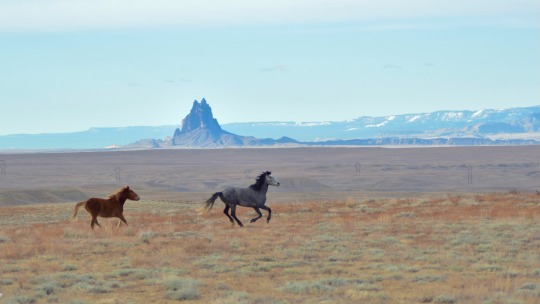

#wild horses#shiprock#New Mexico#four corners#Colorado#adventure#travel#my photo#southwest#desert#mountains#photography#aesthetic#landscape#wildlife#scenery
974 notes
·
View notes
Text

An Ethiopian hedgehog or desert hedgehog (Paraechinus aethiopicus) rests in a garden in the United Arab Emirates
by Priscilla van Andel
#desert hedgehog#ethiopian hedgehog#hedgehogs#paraechinus aethiopicus#paraechinus#Erinaceidae#Eulipotyphla#Mammalia#chordata#animalia#wildlife: UAE#wildlife: asia
1K notes
·
View notes
Text
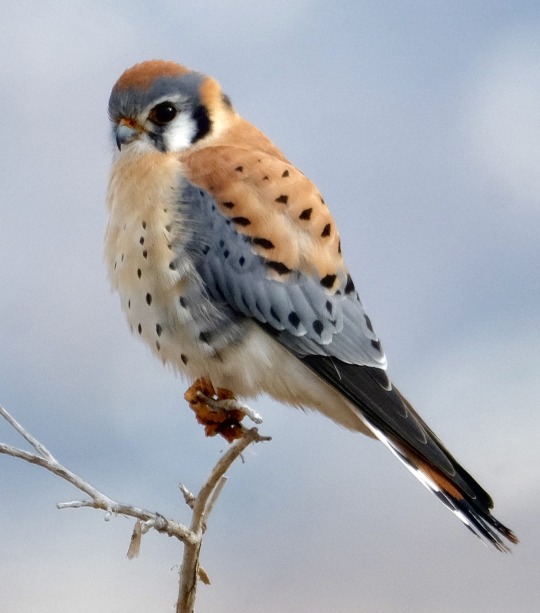
One of my favorite raptors to see, the American Kestrel. This little guy was finishing his lunch and allowed me to get a few close-ups before flying away.
#utah#nature#desert southwest#wildlife#birding#bird watching#greatsaltlake#farmingtonbay#american kestrel#bird of prey
632 notes
·
View notes